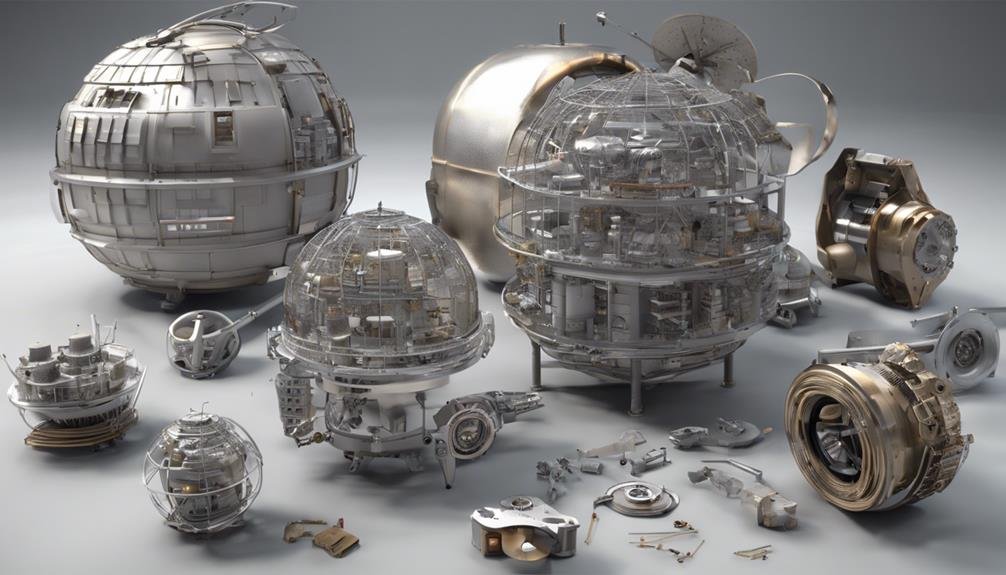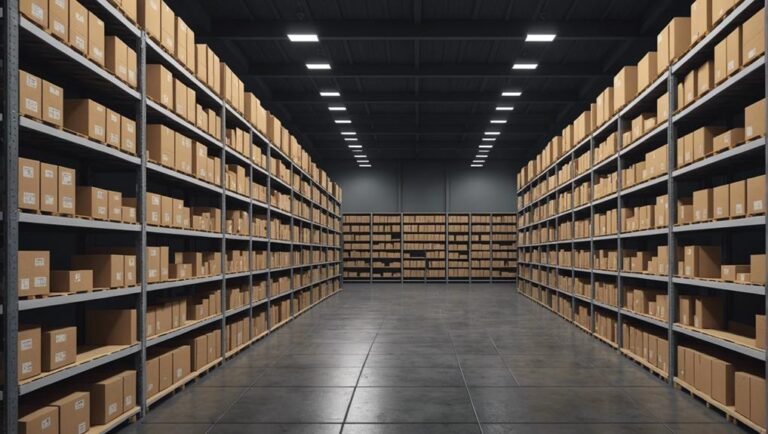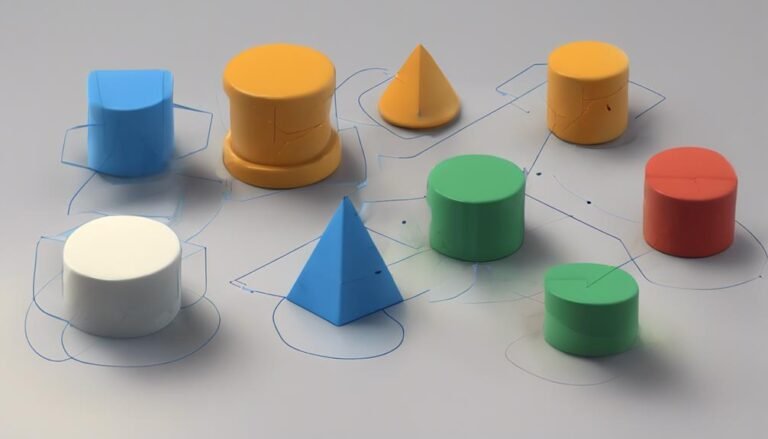Bill of Materials (BOM) Meaning, Purpose, and Types
Bill of Materials (BOM) is a detailed list detailing raw materials and components essential for a finished product. It plays an important role in optimizing production processes and quality control. Types of BOM include Engineering BOMs, Manufacturing BOMs, Service BOMs, Sales BOMs, and Modular BOMs, each serving specific purposes. Understanding BOM is essential for businesses aiming to streamline operations and enhance efficiency. For a deeper insight into BOM's significance, purpose, and variety, explore how it drives cost optimization, guarantees parts availability, and facilitates strategic production workflows.
Key Takeaways
- BOM is a detailed inventory document listing raw materials and components in a hierarchical structure.
- BOM facilitates efficiency analysis, cost optimization, and accurate production workflows.
- Types of BOMs include Engineering, Manufacturing, Service, Sales, and Modular BOMs.
- BOM aids in accurate cost estimation, production efficiency, and material requirements planning.
- BOM plays a crucial role in orchestrating seamless material flow within the supply chain and optimizing operations.
Definition of Bill of Materials (BOM)
A Bill of Materials (BOM) is a detailed inventory document that itemizes all the raw materials, components, and instructions necessary for the production of a specific product.
The BOM structure typically follows a hierarchical format, with the finished product at the top and its constituent parts listed below.
BOM software plays a crucial role in managing this structured list efficiently, aiding in tracking components, quantities, and assembly instructions.
By utilizing BOM software, businesses can streamline their production processes, improve inventory management, and guarantee accurate assembly of products.
This structured approach facilitated by BOM software enhances productivity and quality control in manufacturing operations, ultimately contributing to the overall efficiency of the production process.
Purpose and Importance of BOM
The significance of a Bill of Materials (BOM) lies in its pivotal role in coordinating and optimizing the production process for various products.
A well-structured BOM facilitates BOM efficiency analysis, enabling businesses to evaluate the relationship between products and their components.
Through BOM cost optimization, companies can streamline their manufacturing processes, reduce costs, and enhance overall efficiency.
By accurately detailing the required raw materials and components, a BOM guarantees parts availability, prevents production delays, and supports smooth assembly processes.
Ultimately, the purpose and importance of a BOM extend beyond a mere list; it serves as a strategic tool for enhancing production workflows and driving operational excellence.
Types of Bills of Materials
In exploring the diverse facets of product structuring, it becomes imperative to differentiate between various types of Bills of Materials (BOMs).
BOM organization includes Engineering BOMs, which define product design, and Manufacturing BOMs, listing all parts for finished products. Service BOMs specify parts for maintenance, while Sales BOMs focus on sales package components. Modular BOMs break down products into manageable modules.
To effectively manage BOMs, businesses often utilize BOM software. This software aids in organizing, updating, and sharing BOM information efficiently, enhancing production processes and ensuring accurate product assembly.
Applications of BOMs
Enhancing material costs estimation and production efficiency, the applications of BOMs play a crucial role in streamlining manufacturing processes. BOMs aid in accurate BOM cost estimation, helping in planning purchases and ensuring part availability. They also enhance production efficiency by illustrating the relationship between a product and its components, preventing production delays. BOMs can be displayed using explosion or implosion methods, breaking down assemblies or linking parts to higher-level assemblies. Additionally, Material Requirements Planning (MRP) software offers various benefits like optimizing production processes, reducing excess inventory, and improving customer satisfaction. However, MRP systems come with challenges such as high initial setup costs, the need for accurate data input, system complexity, and over-reliance risks that can lead to stockouts.
| BOM Applications | Description | Examples |
|---|---|---|
| BOM Cost Estimation | Helps in planning purchases and ensuring part availability | Estimating raw material costs for a new product |
| Production Efficiency | Illustrates the relationship between a product and its components, preventing production delays | Streamlining assembly processes to improve production efficiency |
| BOM Display Methods | Can be displayed as explosion or implosion displays, breaking down assemblies or linking parts | Exploding a product to show its individual components |
| MRP Pros and Cons | MRP optimizes production processes but comes with challenges such as high setup costs | Optimizing production scheduling and reducing excess inventory while facing initial setup challenges |
Role of BOM in Supply Chain
A key aspect of supply chain management involves understanding the pivotal role that a Bill of Materials (BOM) plays in orchestrating the seamless flow of materials and components within the production and distribution processes.
BOMs are essential tools for optimizing the supply chain by providing detailed information on the required components, quantities, and relationships between parts. By utilizing BOMs, businesses can implement effective inventory management strategies, ensuring that the right materials are available at the right time.
This proactive approach minimizes delays, reduces excess inventory costs, and enhances overall production efficiency. Through accurate BOM management, companies can streamline their operations, improve supply chain optimization, and ultimately boost customer satisfaction through timely order fulfillment.
Conclusion
To sum up, the intricate tapestry of Bill of Materials (BOM) intricacies weaved throughout this article serves as a beacon of enlightenment for those maneuvering through the labyrinth of manufacturing processes.
By unraveling the multifaceted layers of BOM meaning, purpose, and types, one can appreciate its pivotal role in orchestrating the symphony of production efficiency and supply chain management.
Embrace the profound significance of BOMs as the cornerstone of industrial excellence.







